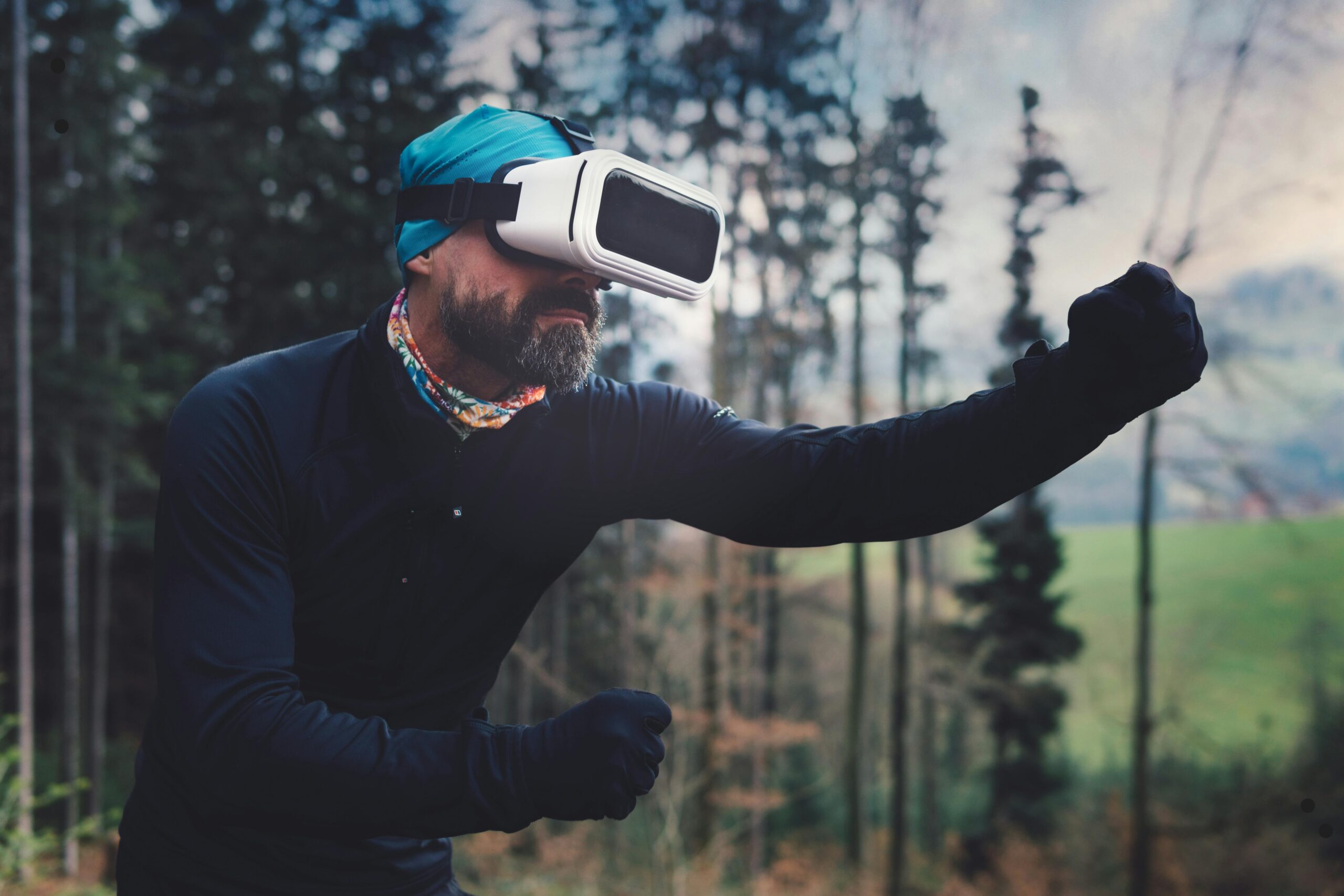In today’s rapidly evolving technological landscape, Virtual Reality (VR) and Augmented Reality (AR) stand out as groundbreaking innovations. These technologies are not just changing how we interact with the digital world but are also creating new and profitable investment avenues. Investors are keenly observing the growth trajectory of VR and AR, recognizing their potential to revolutionize various industries, from gaming and entertainment to healthcare and education.
What are Virtual Reality and Augmented Reality?
Virtual Reality is a simulated experience that can be similar to or completely different from the real world. It typically involves the use of VR headsets, which immerse users in a computer-generated environment. On the other hand, Augmented Reality overlays digital information on the real world, enhancing the user’s perception of their surroundings through devices like smartphones or AR glasses.
The Growth of VR and AR Markets
The VR and AR markets have seen substantial growth over the past few years. According to recent reports, the global VR market size is expected to reach $44.7 billion by 2024, while the AR market is projected to hit $60.55 billion by 2023. This surge is driven by technological advancements, increasing adoption across different sectors, and the rising demand for immersive experiences.
Key Drivers of Market Growth
- Technological Advancements: Innovations in hardware and software have made VR and AR more accessible and user-friendly. Improvements in display technologies, processing power, and user interfaces have significantly enhanced the quality of VR and AR experiences.
- Adoption Across Industries: Various industries are incorporating VR and AR into their operations. For instance, the healthcare sector uses VR for surgical simulations and AR for real-time diagnostics. Similarly, the education sector employs these technologies to create interactive learning environments.
- Rising Demand for Immersive Experiences: Consumers and businesses alike are seeking more engaging and interactive experiences. VR and AR provide immersive environments that can transform gaming, entertainment, retail, and even real estate.
Profitable Investment Avenues in VR and AR
Gaming and Entertainment
The gaming industry has been one of the earliest adopters of VR and AR technologies. VR gaming offers players an immersive experience, transporting them into the game world, while AR games like Pokémon Go have demonstrated the potential for widespread consumer adoption. Investing in VR and AR gaming companies can be highly lucrative as these technologies continue to evolve and capture a larger audience.
Healthcare
The healthcare industry is leveraging VR and AR for various applications, such as surgical simulations, patient education, and therapy for mental health conditions. These technologies provide a safe and controlled environment for medical training and treatment, reducing risks and improving outcomes. Investors can find significant opportunities in startups and companies developing VR and AR solutions for healthcare.
Education and Training
VR and AR are transforming education by providing interactive and immersive learning experiences. These technologies enable students to explore complex subjects, such as anatomy or engineering, in a more engaging way. Corporate training programs also use VR and AR to simulate real-world scenarios, enhancing the learning process. Investing in educational technology companies focusing on VR and AR can yield substantial returns.
Real Estate
The real estate sector is adopting VR and AR to offer virtual property tours, allowing potential buyers to explore properties without being physically present. AR applications enable users to visualize home improvements and interior design changes in real time. These technologies are enhancing the buying experience and streamlining the sales process, making real estate a promising investment avenue for VR and AR.
Retail
Retailers are using VR and AR to enhance the shopping experience, offering virtual fitting rooms and interactive product displays. These technologies help bridge the gap between online and in-store shopping, providing customers with a seamless and personalized experience. Investing in retail tech companies that incorporate VR and AR can be highly profitable as the trend towards digital shopping continues to grow.
Challenges and Risks
While VR and AR present numerous investment opportunities, there are also challenges and risks to consider. The high cost of development and hardware can be a barrier to widespread adoption. Additionally, there are concerns about user privacy and data security, particularly with AR applications that collect and process real-time data from users’ environments. Investors should carefully evaluate these factors when considering VR and AR investments.
Conclusion
Virtual Reality and Augmented Reality are transforming various industries, offering new and profitable investment avenues. As these technologies continue to advance and become more integrated into everyday life, the potential for growth and innovation remains vast. Investors who recognize and capitalize on the opportunities presented by VR and AR stand to gain significantly in the coming years.
FAQ
What is the difference between Virtual Reality and Augmented Reality?
Virtual Reality (VR) creates a completely immersive digital environment, while Augmented Reality (AR) overlays digital information on the real world, enhancing the user’s perception of their surroundings.
Which industries are most impacted by VR and AR?
Industries such as gaming, entertainment, healthcare, education, real estate, and retail are significantly impacted by VR and AR, leveraging these technologies for various innovative applications.
What are the key drivers of growth in the VR and AR markets?
Technological advancements, increasing adoption across different sectors, and rising demand for immersive experiences are the key drivers of growth in the VR and AR markets.
Are there any risks associated with investing in VR and AR?
Yes, there are challenges such as high development and hardware costs, as well as concerns about user privacy and data security. Investors should carefully consider these factors when making investment decisions.
How can VR and AR be used in healthcare?
In healthcare, VR can be used for surgical simulations and therapy, while AR can assist in real-time diagnostics and patient education, providing a controlled and safe environment for training and treatment.




